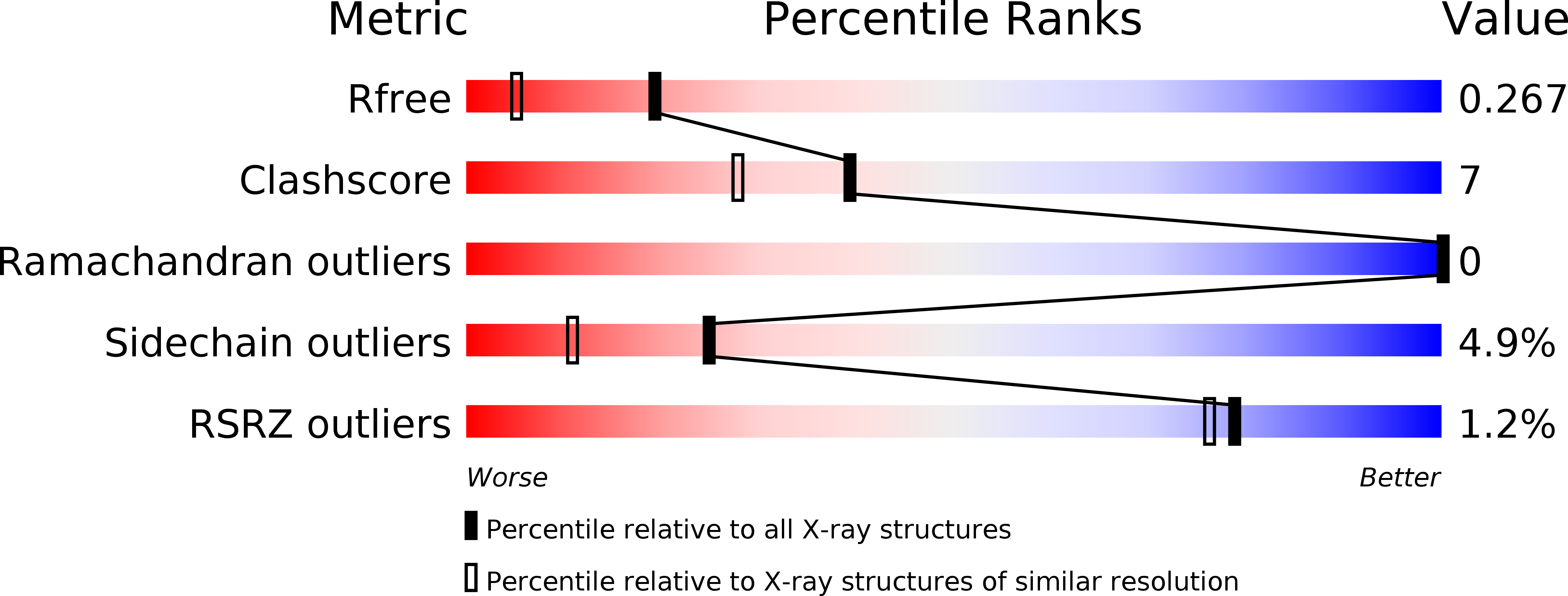
Deposition Date
2007-03-15
Release Date
2007-10-09
Last Version Date
2024-11-13
Entry Detail
PDB ID:
2P5N
Keywords:
Title:
Crystal structure of mouse 17-alpha hydroxysteroid dehydrogenase in complex with coenzyme NADPH
Biological Source:
Source Organism:
Mus musculus (Taxon ID: 10090)
Host Organism:
Method Details:
Experimental Method:
Resolution:
1.80 Å
R-Value Free:
0.26
R-Value Work:
0.19
R-Value Observed:
0.20
Space Group:
P 21 21 21


